Driving the 2.0L Petrol
The outgoing Polestar was powered by the same straight-six engine as the T6 AWD sold in India, albeit tweaked to produce around 350 BHP and 500 Nm of peak torque. The new one, codenamed B4204T43, is a 2.0L, 4-cylinder petrol engine derived from the larger XC90 SUV and S90 sedan.
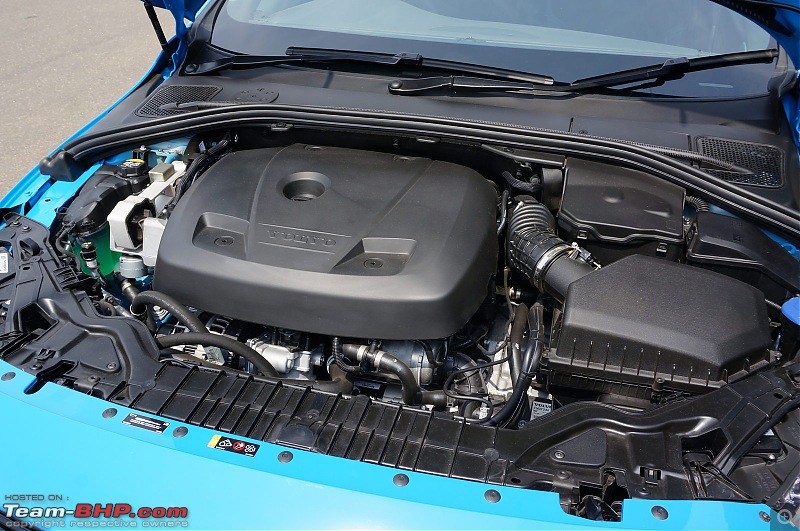
Downsizing is the new black and Volvo is no stranger to this principle. The new S60 Polestar may have lost 2 cylinders, yet it has gained considerably by way of a much larger, fixed geometry turbocharger
as well as a supercharger in order to counter the inevitable lag that most turbocharged cars suffer from. As a result, throttle response is decent at low rpm. It’s worth mentioning that Volvo has made extensive changes to various components, including a redesigned air intake, shorter connecting rods, a new camshaft, new intake, exhaust valve springs and a beefed-up fuel-pump, amongst a plethora of modifications. The result of this technical wizardry is 362 BHP peaking at 6,000 rpm and 470 Nm of torque accessible from 3,100 rpm, held to 5,000 rpm. That’s a 20 BHP gain over the outgoing Polestar. Interestingly though, peak torque has been reduced by 30 Nm.
One of the downsides of highly-strung, small capacity 4-pot mills such as this one is the lack of refinement and effortlessness in the way it goes about its business. While lag is minimal and there’s ample mid-range power and torque available, push it hard and you get the sense that the engine is really being worked to deliver.
The other downside - and perhaps the one that's the most difficult to digest - is the sonorous, straight-six engine and exhaust notes that are conspicuous by their absence. Making dreary 4-bangers sound good is not easy, but Volvo / Polestar have managed to inject some of that touring car DNA into the exhaust note. It’s raw, rorty and perhaps a touch boomy, but it spits, pops and gargles on the overrun – typical of touring cars. And then, you have that lovely induction noise that’s characteristic of turbocharged motors. The surprise element though is the supercharger whine as you build the revvs, and it’s clearly audible from the outside. This cacophony of whooshes, whines, whirrs and other assorted sounds are further amplified when you engage sport mode via the gear selector.
Speaking of the transmission, all those Swedish ponies are harnessed by an all-new 8-speed, torque converter automatic which works in tandem with a BorgWarner AWD. The gearbox is quick to shift and gets the job done, but it’s a touch slower to swap cogs compared to the ZF units you find in other cars. The all-wheel drive is admittedly front-biased, but works well to keep you on the tarmac. It won't hesitate to send 50% of the car's power to the rear wheels, should you require it. This trick AWD coupled with torque vectoring should be more than useful in our sandy, wet and often greasy conditions.
A few hot laps around the Kari gave us a fair idea of what 362 BHP & 470 Nm feel like:

Engaging Sport mode via the gear selector and disengaging ESC (yes, you can do that) will enable launch control, and Volvo claims that 0 to 100 km/h runs can be dismissed in 4.7 seconds!!! The top speed is limited to 250 km/h. With launch control engaged at the pit exit, I managed to hit three figures in about 5 seconds. Giving it the beans on the main straight got me close to the magical 200 km/h mark. The engine loves to revv all the way up to 7,000 rpm:


The sighting lap gave me the opportunity to understand the track. But, the following laps were just a blur, as my focus was solely on keeping the rubber-side down whilst negotiating this tight little circuit. Upon flooring the throttle at the start of the main straight, my head snapped back, as the car picked up its briefcase full of safety-nets, and sling-shot its way towards the first right-hander, with a sense of impunity that I am yet to come to terms with. It was a real assault on the senses!
The final, cool down lap allowed us to explore this engine's repertoire. It's remarkable how tractable this motor is! In 3rd gear, for instance, it allows you to trundle about at 30 km/h. Give it a boot-full in the same gear, and you will see the needle approaching the business end of the revv counter just before you run out of road.
After flinging the S60 Polestar around the first few bends, I was surprised to learn that the lively and accurate steering is actually electrically assisted! The weight and feel that comes through the steering would certainly lead you to believe otherwise!
The steering and chassis benefit from goodies like a carbon-fibre reinforced strut brace, Öhlins dampers, revised spring rates, stiffer stabilizers and uprated connecting points, mounts and bushings. Yes, the chassis has received a complete overhaul:

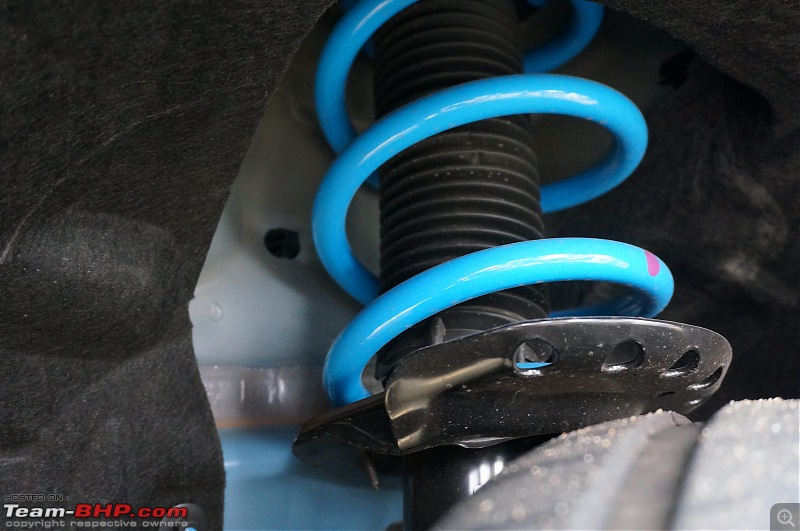
245/35 ZR20 Michelin Pilot Super Sport rubber compliments the hardware changes to the T:
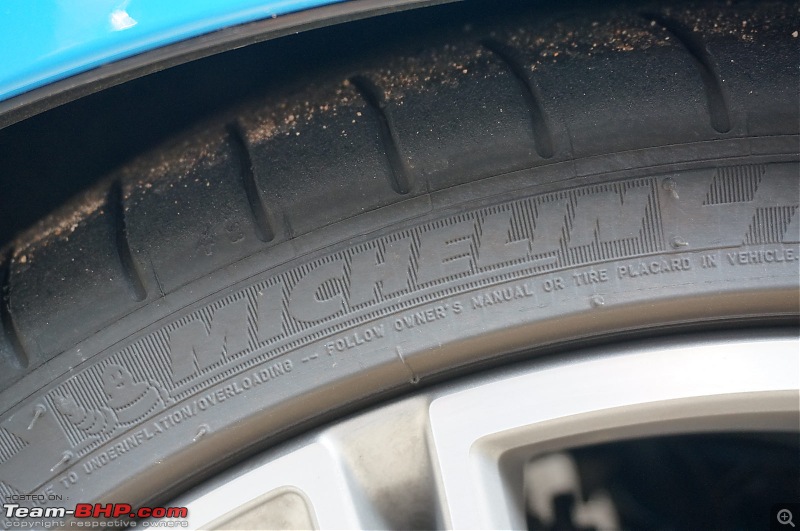
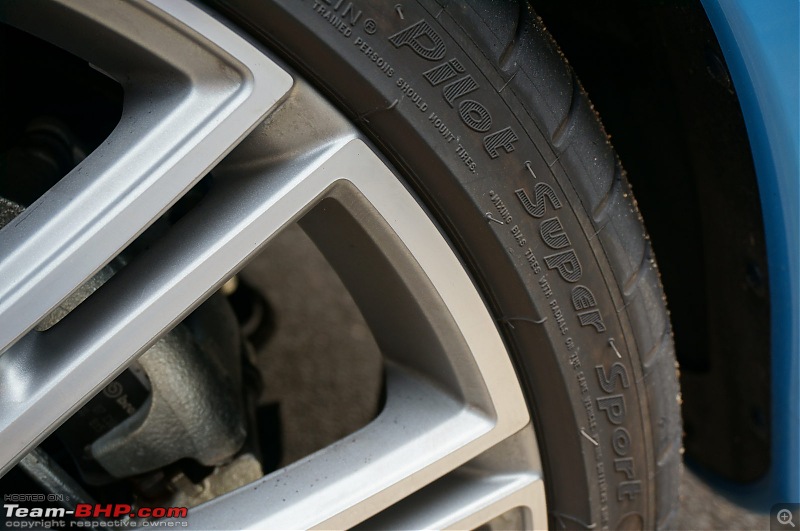
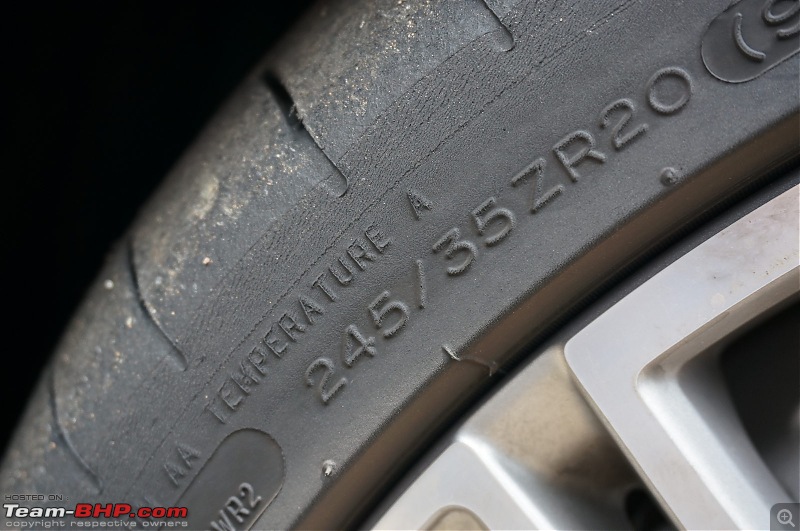
Liberal throttle inputs around a sharp bend will result in understeer. But, if your throttle inputs are judicious and timely, you can get the tail to step out momentarily, before the electronics sort things out and bring you back in line. Turn off the ESC and smack the gear selector into Sport mode, and this very loud and very blue Volvo will seemingly lose all its inhibitions and won't hesitate to shimmy. Although the handling is predictable, it’s wise to exercise restraint and caution whilst indulging in controlled slides, lest you contribute to crash compilation videos on YouTube.
Can't really pass a comment on the suspension's comfort levels without driving this S60 on public roads. Based on my track drive, ride quality isn’t what you'd call supple. It’s clear that the chassis has been set up for track driving - it's much too stiff for the street (low-pro tyres add to the stiffness obviously). Switching to a Comfort setup for regular driving would be prudent. Upon inquiry, Volvo sheepishly admitted that the Comfort setup should be good enough for most occasions.
Massive 371 mm ventilated and slotted Brembo discs and 6-piston calipers up front help in rearranging your innards while shedding speed at an alarming rate. In fact, what’s more sensorial than the car’s outright acceleration is the manner in which it scrubs speed! The brakes may feel grabby at first, but they're easy to get used to. In spite of the constant punishment the press cars received all morning and afternoon, brake fade wasn’t noticeable.

At 1,750 kilograms (kerb weight), the Volvo is a lardy ol' chappy and in the interest of full disclosure, you do feel its heft when you thrash it around a track. Volvo hasn’t done much in the way of weight reduction either.
SIPS = Side Impact Protection System. It's designed to absorb and distribute the energy of the impact across the whole car, rather than allow only the B-Pillar to bear the brunt of the impact:


 (49)
Thanks
(49)
Thanks

 (41)
Thanks
(41)
Thanks

 (39)
Thanks
(39)
Thanks

 (44)
Thanks
(44)
Thanks

 (65)
Thanks
(65)
Thanks

 (2)
Thanks
(2)
Thanks

 (15)
Thanks
(15)
Thanks
 (3)
Thanks
(3)
Thanks

 (3)
Thanks
(3)
Thanks
 (2)
Thanks
(2)
Thanks
 (2)
Thanks
(2)
Thanks

 (2)
Thanks
(2)
Thanks
 (24)
Thanks
(24)
Thanks
 (1)
Thanks
(1)
Thanks

 (2)
Thanks
(2)
Thanks








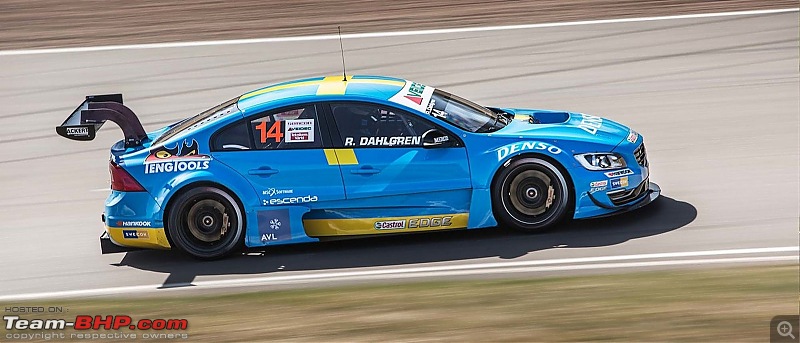

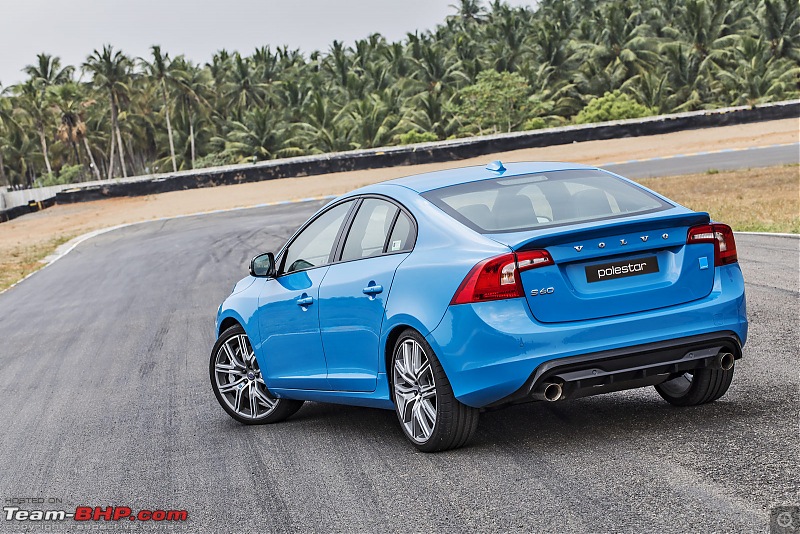






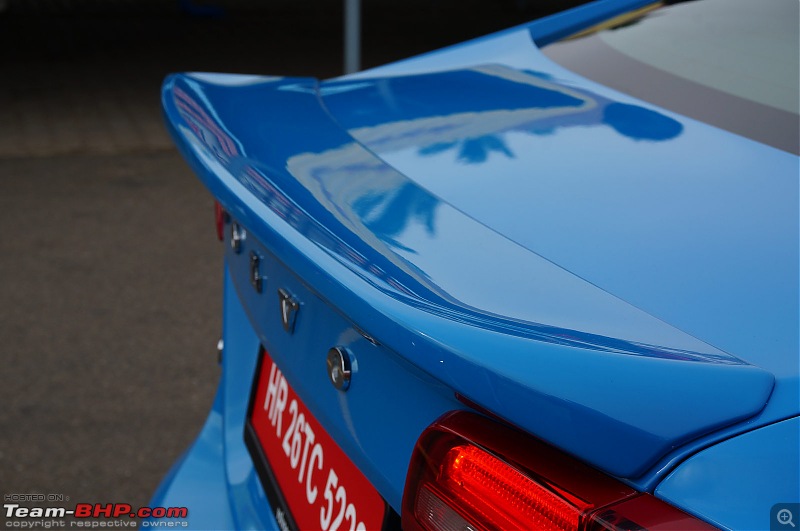


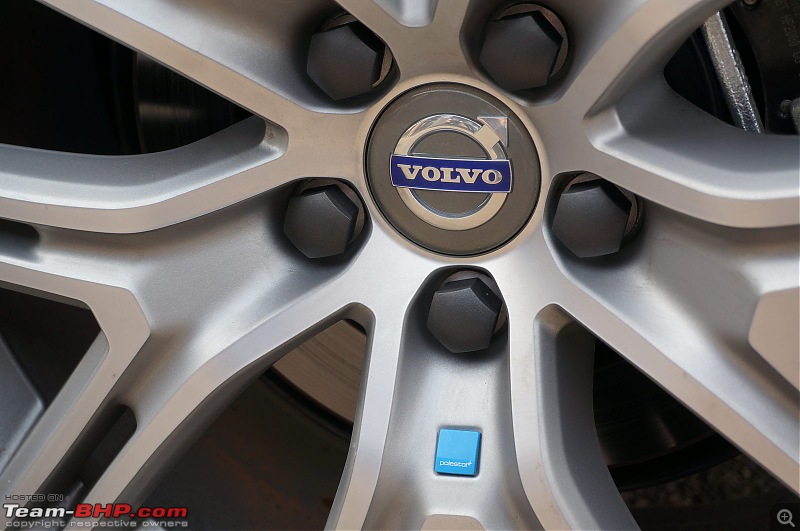
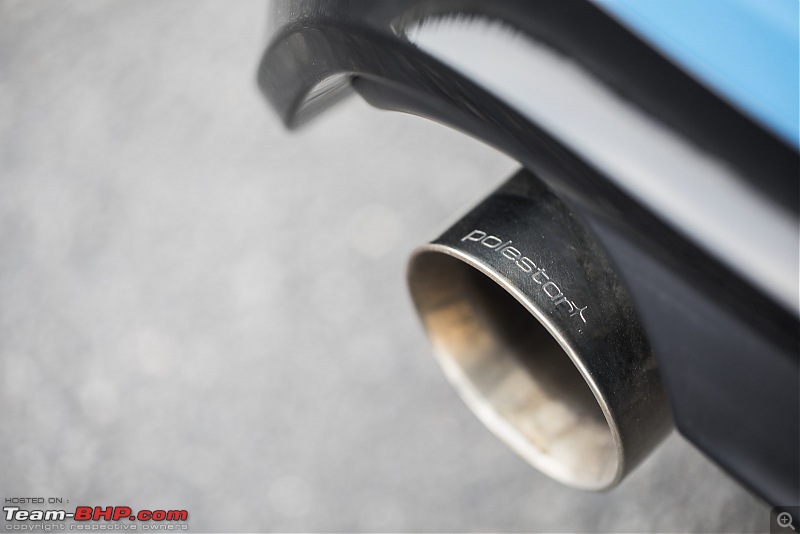

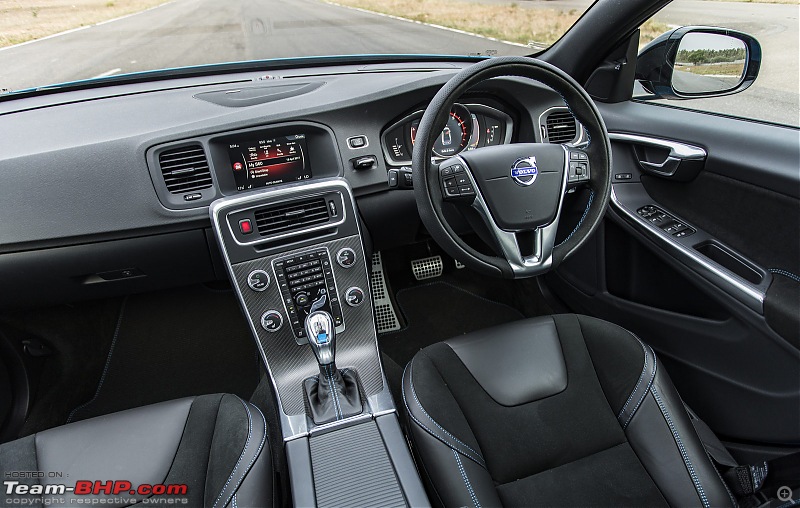
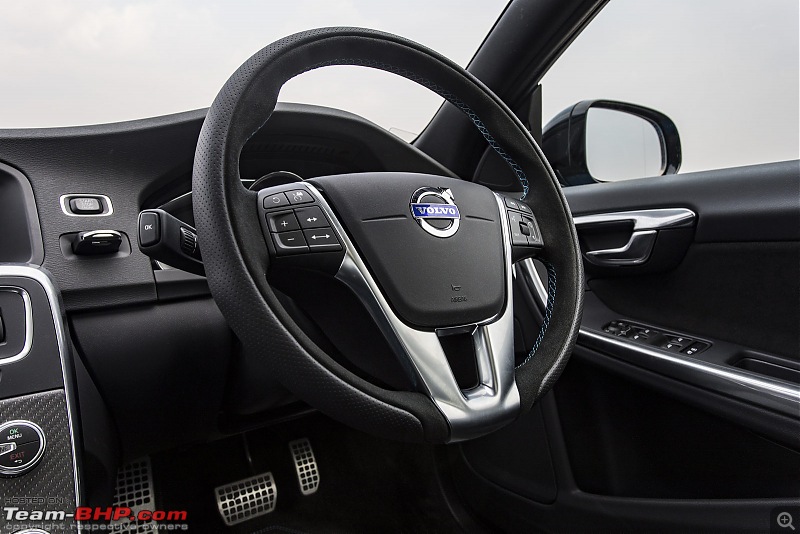
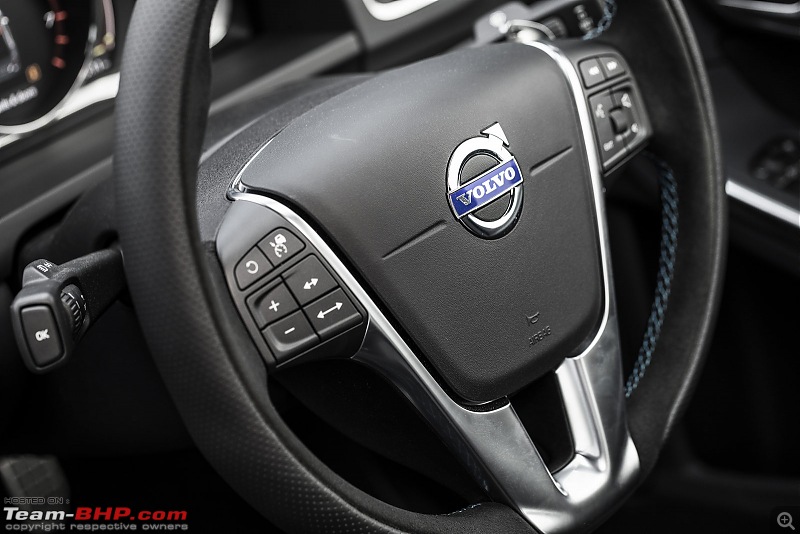
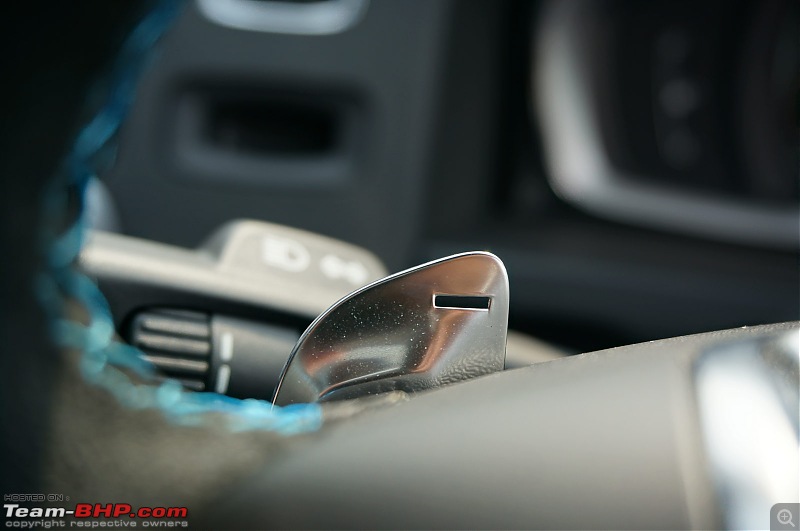


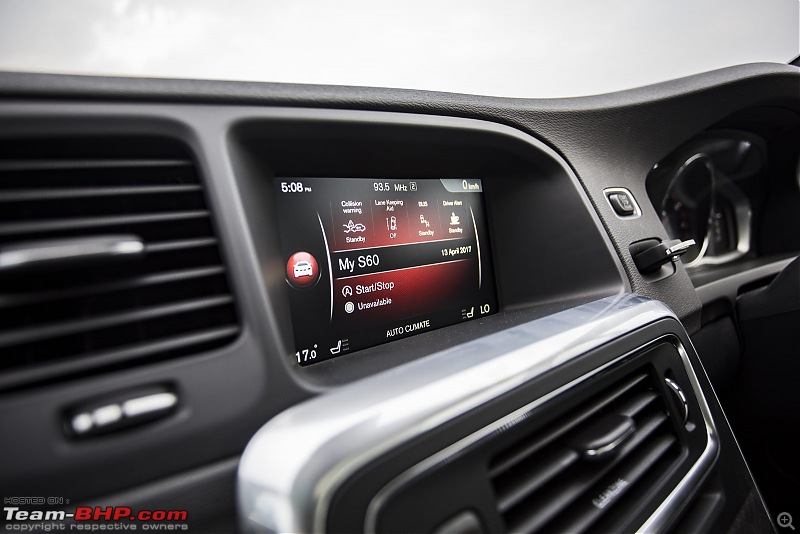




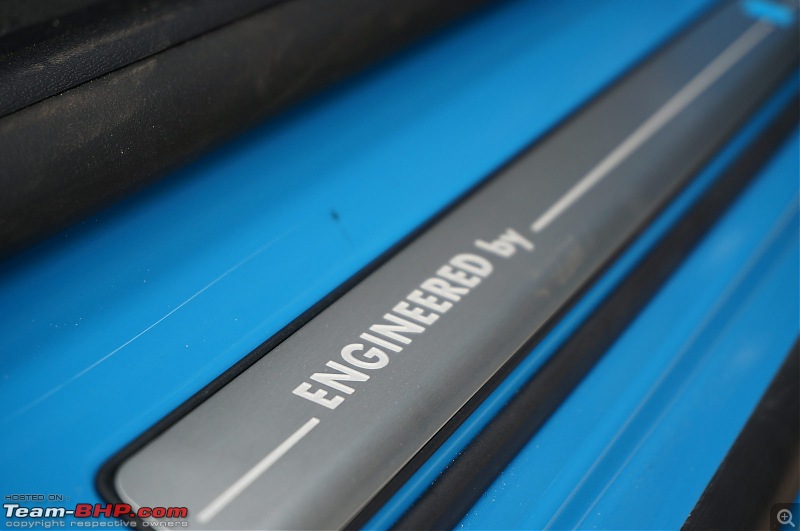




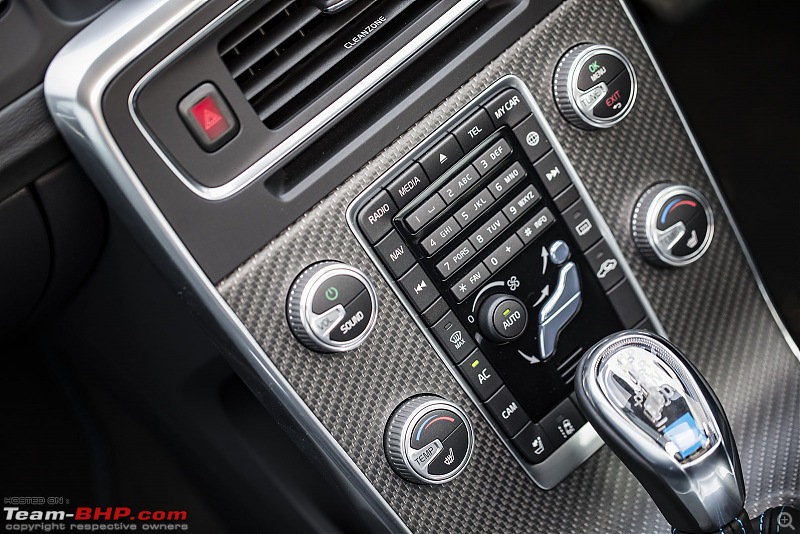
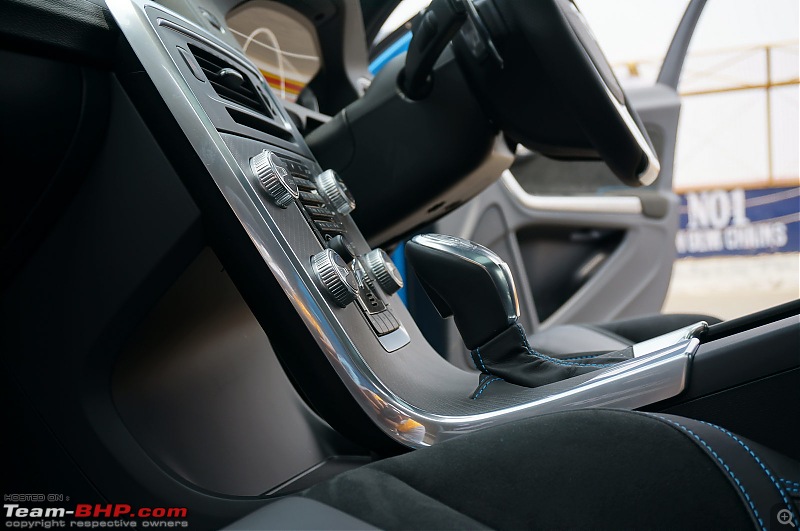
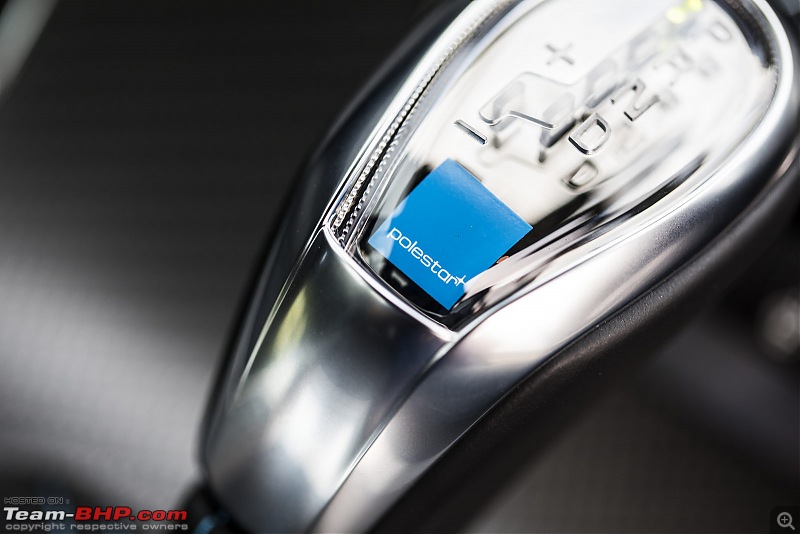
















 . Owners will have to be very careful about her diet. Bad fuel will surely mess things up at such high limits. Equally unbelievable is the price. Competitors can breathe easy, there are only 30 of them!
. Owners will have to be very careful about her diet. Bad fuel will surely mess things up at such high limits. Equally unbelievable is the price. Competitors can breathe easy, there are only 30 of them!



